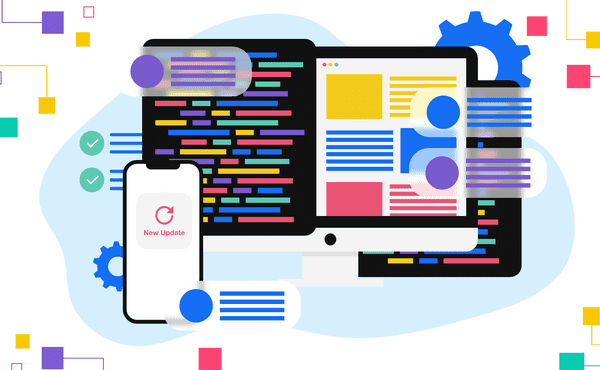Testing and deploying web applications for software engineering teams is considered a heinous task in the software industry due to the number of complications that may arise when developing and staging products for deployments. Testing is a very important phase of the software development life cycle as it helps in identifying any bugs, errors, or these complications which may arise when deploying applications.
Frontend Testing is a technique whereby the graphical user interface (GUI), functionality, user experience, stability, and usability of software applications are tested. The main goal is to ensure every successive update in features and functionalities is bug-free and works as intended. A lack of this process can be catastrophic to any business because the main purpose of developing applications is for the end-users, and if the end-users don’t have a good experience using such applications, then, the web or software application is as good as an antiquated version.
What is Automation?
Automation as described in the Oxford dictionary is defined as “the technique of making an apparatus, a process, or a system operate automatically.”
Automation is changing how things work today. From the easiest of routine tasks to highly technical jobs, everything is slowly getting automated. The general idea behind automation is to build once, and re-use for N number of times, with N being any amount of number, while saving millions of dollars and time.
Testing Automation
Testing is repetitive; therefore, a lot of similar tasks may be required to run at intervals as the product grows. This is why most software teams choose to automate this process with already existing tools to minimize errors and maximize productivity. Rigorous processes and tasks exist in testing and these don’t have to be done manually every single time a new feature is added to the end-user interface.
Test automation utilizes the idea behind automation and it’s simply the process of running tests automatically, managing test data, and utilizing the results for better performance.
What is Deployment Automation?
Deployment automation can be described as the process of moving a software product between testing and production environments with the use of automation. Deployment can be very technical and as mentioned earlier, a lot of things can go wrong if the software product has not gone through a proper testing phase. There are many tools out there that ensure the software is well tested and deployed, but most of these tools still lack the qualities Autify’s AI-powered deployment system possesses.
Do you know that software teams can deploy daily?
CI (Continuous Integration) / CD (Continuous Deployment) is an industry-standard procedure and it’s adopted across a wide range for the software development process. It’s a general term used to describe continuous code push to the production server. Continuous Integration was created for agile development, organizing development into functional user stories.
The general idea behind this process was to find issues faster, provide necessary feedback, and rapid bug-fixing. Here’s a case study with our client, Graffer, who deploys up to 10 times daily.
Graffer Inc. (Graffer) is a start-up that aims to solve digitization issues that government services face by developing SaaS applications for government organizations. The company offers Graffer Smart Application, a system that allows users to apply for IDs and copies of their residence certificate by holding up their My Number card to a smartphone. Fees can also be paid electronically. Many local governments all over Japan have implemented their service.
In a recent interview with Mr. Kyo Ago, a Frontend Engineer at Graffer, he stated that “Our company offers around 20 services and the most frequent one releases five to six times a day. If you add up all services, we deploy about 10 times a day.”


